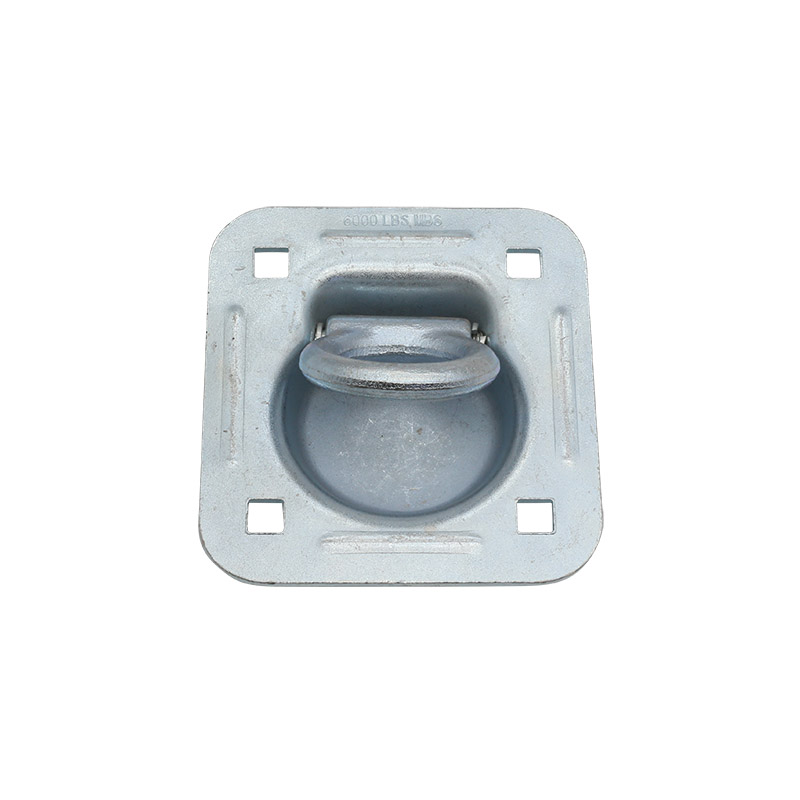Common types of tie down hardware
2023-10-16
Tie down hardware refers to a variety of tools and equipment used to secure and fasten objects during transportation or storage. These hardware components are designed to prevent items from shifting, moving, or falling off, ensuring they remain securely in place. Here are some common types of tie down hardware:
1. Straps: Straps are versatile tools used for securing objects. They typically consist of a length of webbing made from materials such as nylon or polyester. Straps may have buckles, hooks, or loops at the ends to provide adjustable and secure fastening.
2. Ratchet Straps: Ratchet straps are a type of strap that uses a ratcheting mechanism to tighten and secure the load. They are commonly used in applications such as securing cargo on trailers, trucks, or roof racks.
3. Cam Buckle Straps: Cam buckle straps utilize a cam buckle to tighten and hold the strap in place. These straps are often used for lighter loads and are quick and easy to adjust.
4. Bungee Cords: Bungee cords are elastic cords with hooks on each end. They are commonly used for light-duty applications and provide a flexible and stretchable way to secure objects.
5. Chains and Binders: Chains and binders are heavy-duty tie down options commonly used in the transportation of heavy machinery, equipment, or vehicles. They are strong and durable, offering high tensile strength to secure heavy loads.
6. D-rings and Tie-Down Anchors: D-rings and tie-down anchors are hardware components that provide attachment points for securing straps or ropes. They are often mounted on trailers, truck beds, or other surfaces to create anchor points for tie-down applications.
7. Hooks and Carabiners: Hooks and carabiners are used to connect and secure straps, ropes, or chains. They come in various shapes and sizes and provide a reliable way to fasten and secure objects.
When using tie down hardware, it is important to ensure that the equipment is in good condition, properly rated for the intended load, and correctly applied. Following manufacturer guidelines and industry best practices for securing loads will help ensure safe and effective tie down operations.



